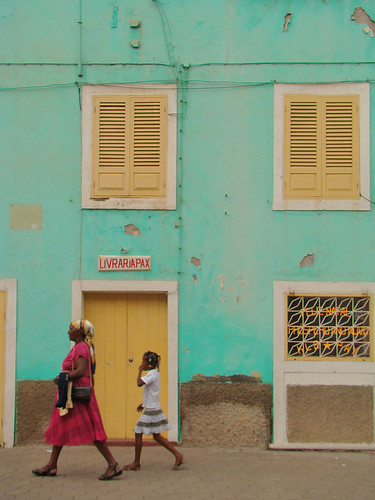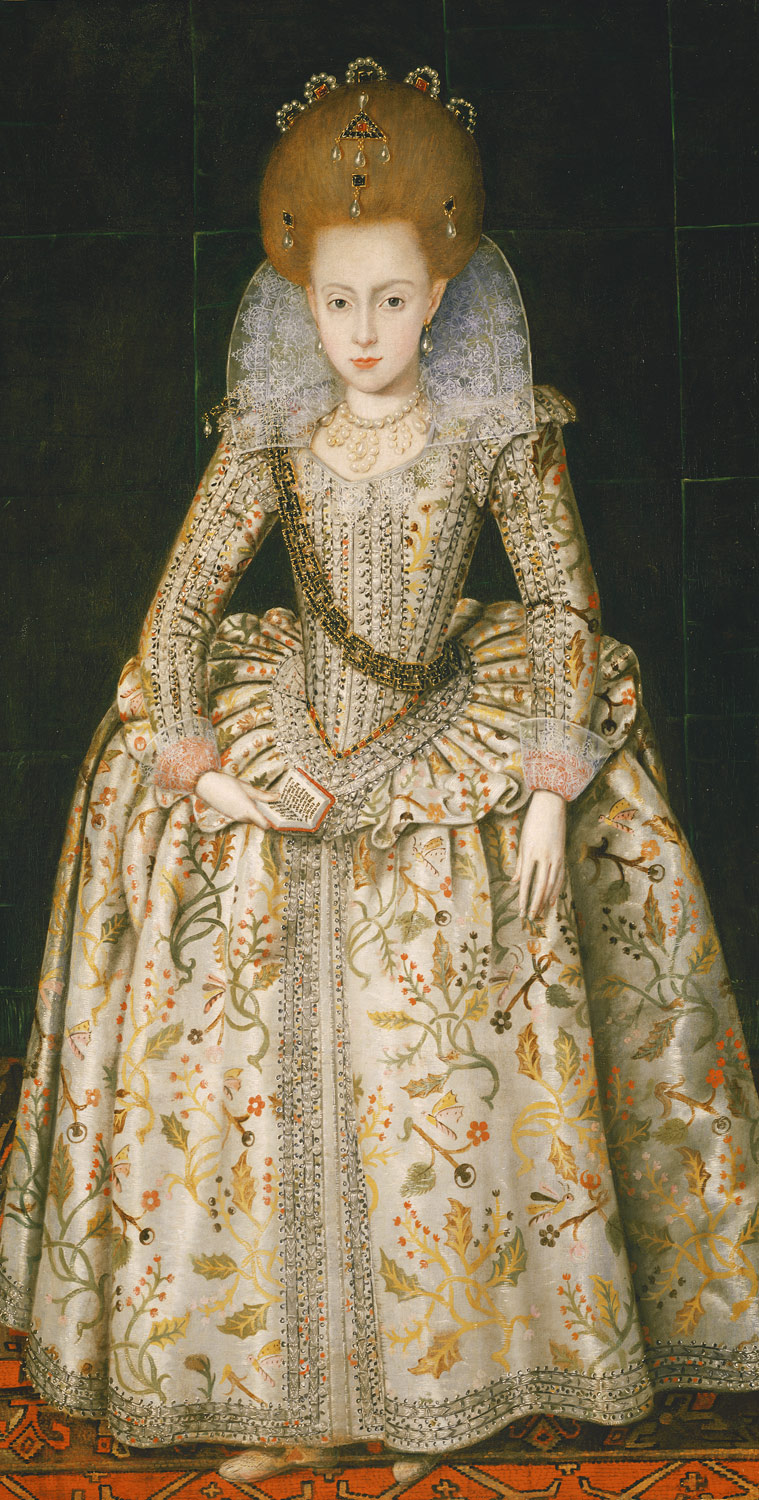I’ll keep this fairly brief, because I’m going away to France for a week in Saturday and not only have I not packed, I haven’t done the more important bit of writing a list, and thus don’t know if I have to do some urgent shopping. Or laundry.
So: The Last Will and Testament of Senhor da Silva Araújo (translated from the Portuguese by Sheila Faria Glaser) is my book from Cape Verde for the Read The World challenge. For those who don’t know, Cape Verde is an island nation, an archipelago off the coast of Africa at about the point where the continent projects furthest into the Atlantic. It was uninhabited until the Portuguese started using it as a trading port, I learn from Wikipedia, and the population is largely of mixed European and African origin.

That history may explain why it feels more like a book from Latin America than from Africa. I would be hard-pressed to explain exactly what I mean by that: a sense that the European cultural influence is more deeply embedded is part of it, although I can’t immediately articulate what makes me say that. It may be no more than the fact that the book is full of names like Senhor da Silva Araújo, of course.
The book tells the story of a self-made local businessman; it starts with the reading of his will, which reveals unexpected news, and moves back and forward through his life, building up into complex portrait. It’s short — 151 pages — but nicely written, wryly humorous and open to the absurdities as well as the tragedies of the human condition.

